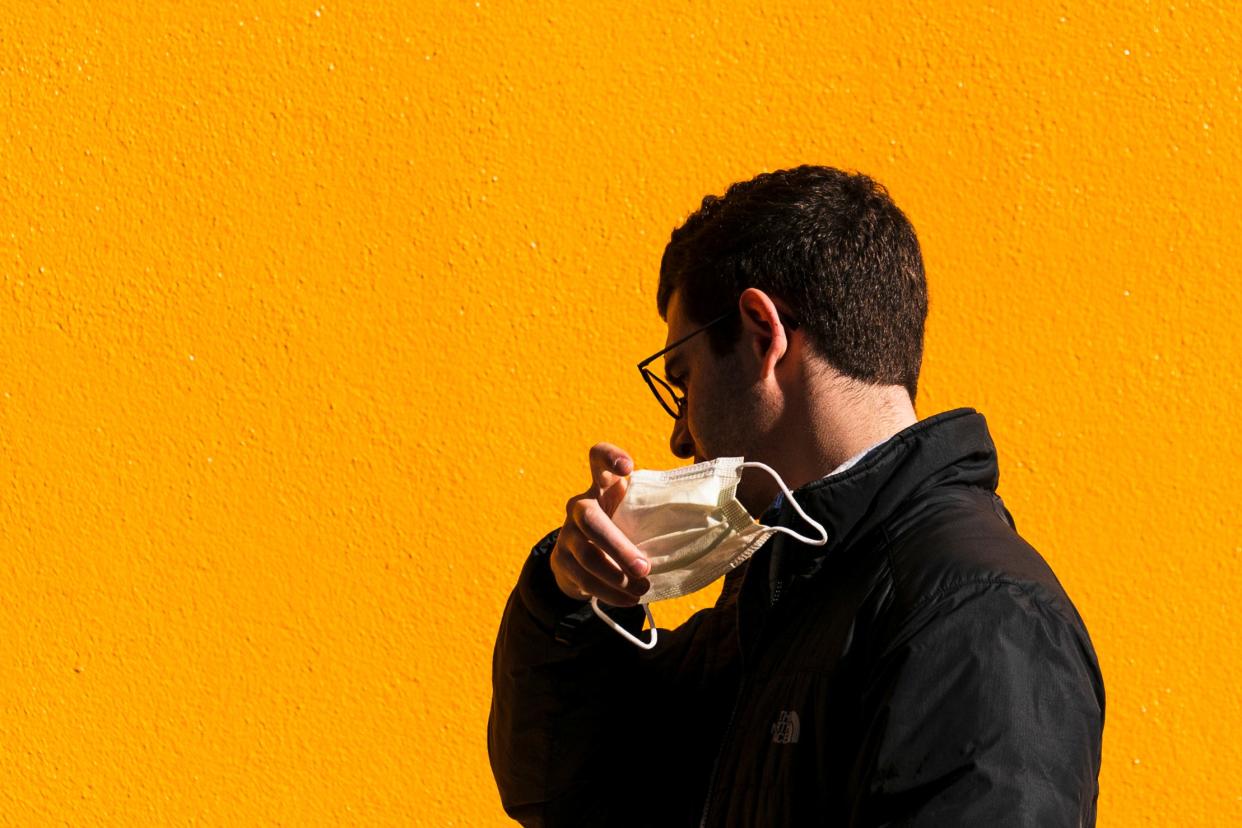After dealing with COVID-19 for more than three years, here is what we know about exposure

Adam’s Journal
A friend recently had a close exposure to someone who tested positive for COVID-19 the next day. The day after that, she took a test, which came back negative. Is she in the clear?
You’d think that after three and a half years of living with the virus, I’d know this…
Dr. James Prescribes
Of course, we all wish we could reach a point where COVID has disappeared, but like so many other infectious diseases, it continues to circulate in the population. And because we’re reaching a time of the year when we’re more likely to spend time indoors together in close contact, it’s worth relearning some best practices.
As soon as you learn you’ve been exposed, meaning that you’ve spent 15 minutes or more in close proximity to someone who subsequently developed symptoms or tested positive, the Centers for Disease Control and Prevention recommends that you wear a mask when around others. Even if you don’t show any symptoms, you can be contagious; that’s one of the features of the virus that makes it so contagious.
Another feature that makes COVID so difficult to control is that it can have a considerable incubation period. So, while it is good that your friend tested negative the day following her exposure, that does not put her in the clear.
Unfortunately, you can still develop COVID up to a full 10 days after you’ve been exposed. That’s why the CDC recommends continued masking throughout this 10-day period.
That said, the majority of cases will develop within five days. So, assuming you don’t develop symptoms, the CDC recommends you wait at least five full days after exposure to test.
If you test negative, odds are good that you do not have the virus. Nevertheless, as I mentioned, the CDC recommends that you continue to mask up until you reach the 10-day mark, as it’s still possible that you could develop symptoms until then.
It’s no fun to revisit a chapter of our lives that we’d all rather forget. But when it comes to testing, there is a small silver lining: The government recently made four free rapid tests available to all households. To order, go to www.covid.gov/tests. You can also find free, high-quality masks through www.covid.gov/masks.
James, a physician-scientist, is executive vice president and chief medical officer of the Oklahoma Medical Research Foundation. Cohen is a marathoner and OMRF’s senior vice president and general counsel. Submit your health questions to contact@omrf.org.
This article originally appeared on Oklahoman: How long is coronavirus contagious? Here's the latest advice

